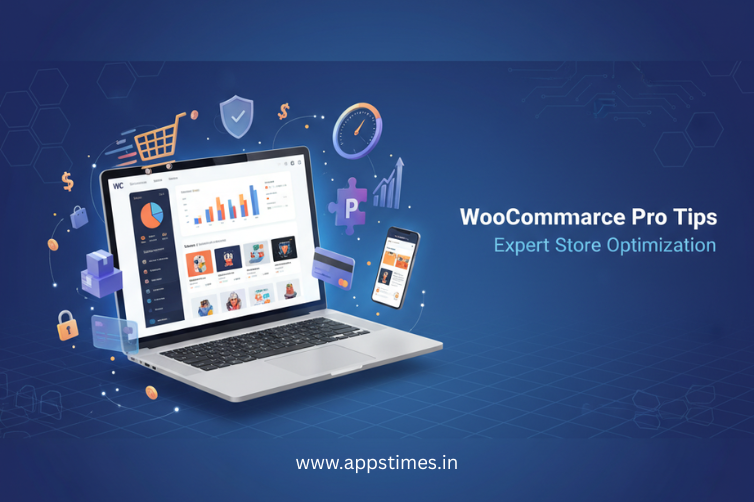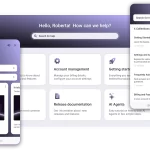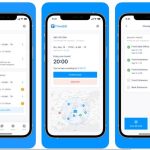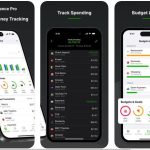WooCommerce powers millions of online stores worldwide, making it one of the most flexible and widely used eCommerce platforms. But while setting up a store is simple, running it efficiently requires knowing the right tips, tricks, and hidden features. Whether you’re just starting out or already managing a WooCommerce shop, these insights will help you save time, boost performance, and create a smoother shopping experience for your customers.
1. Optimize Product Images for Speed
Slow-loading stores lose customers fast. Did you know that compressing product images can cut loading time by half?
- Use tools like TinyPNG or ShortPixel to compress images
- Stick to uniform dimensions for a consistent store look
- Enable lazy loading for faster first impressions
Pro Tip : Always test your site speed with Google PageSpeed Insights to catch bottlenecks.
2. Take Advantage of Built-in Shortcodes
WooCommerce shortcodes are underused but incredibly powerful. They allow you to place products, categories, and carts anywhere on your site.
- [products limit=”4″ category=”shoes”] to showcase specific items
- [add_to_cart id=”99″] to insert a direct buy button
- [woocommerce_my_account] for customer account pages
Did you know? Shortcodes let you build landing pages without extra plugins
3. Secure Your Store with Regular Backups
An overlooked but critical tip is keeping regular backups. WooCommerce stores contain sensitive customer data, orders, and transactions
- Use plugins like UpdraftPlus or Jetpack VaultPress
- Schedule daily automated backups
- Store copies offsite (Google Drive, Dropbox)
Pro Tip : Test your backup restoration once in a while to ensure it actually works.
4. Use Staging Sites Before Updates
Updating WooCommerce, themes, or plugins directly on a live site can cause crashes. Avoid risks with a staging environment.
- Test updates on a staging site first
- Check payment gateway and checkout flows
- Push updates live only after testing
Did you know? Many hosting providers offer one-click staging for WooCommerce stores.
5. Boost Conversions with Smart Plugins
Plugins are the heart of WooCommerce customization, but picking the right ones matters
- Use cart recovery plugins to reduce abandoned carts
- Add live chat for faster customer support
- Use currency switchers if you sell internationally
Pro Trick : Don’t overload your store with too many plugins—stick to well-reviewed and lightweight ones.
6. Track Analytics for Growth
WooCommerce integrates smoothly with Google Analytics and plugins like WooCommerce Analytics. This helps you track sales trends, customer behavior, and product performance
- Identify best-selling products
- Monitor checkout drop-offs
- Spot repeat vs. new customer ratios
Tip : Use data-driven insights to plan discounts, promotions, and restocking.
Conclusion
WooCommerce is a powerful platform, but the difference between an average store and a thriving one lies in the details. By optimizing performance, securing data, using staging environments, and making smart use of shortcodes and plugins, you can elevate your store’s efficiency and customer experience. Remember—every small improvement in speed, security, or usability adds up to big wins in sales and customer satisfaction.






















